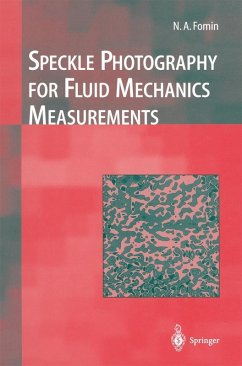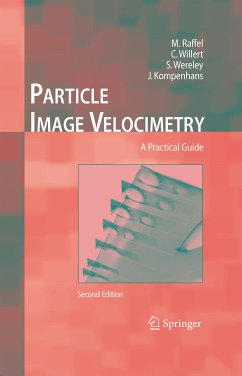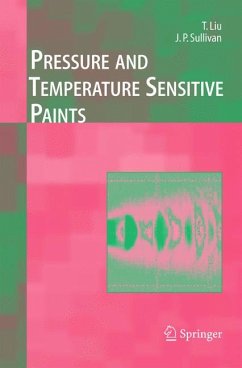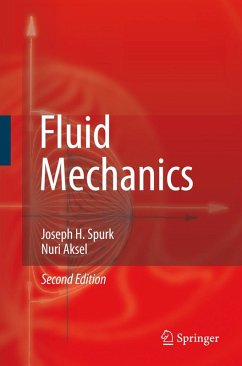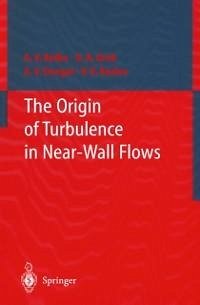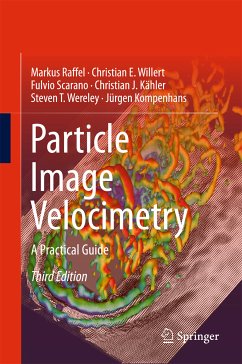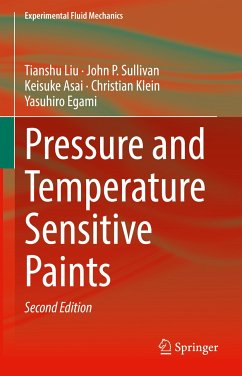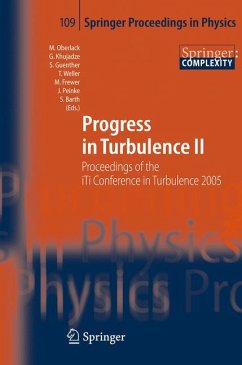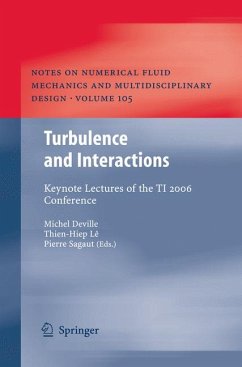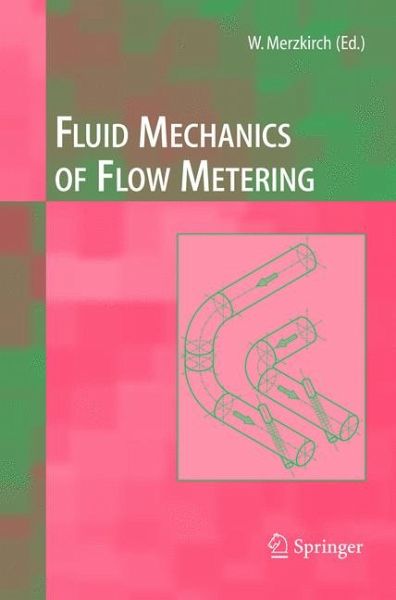
Fluid Mechanics of Flow Metering (eBook, PDF)
Versandkostenfrei!
Sofort per Download lieferbar
112,95 €
inkl. MwSt.
Weitere Ausgaben:

PAYBACK Punkte
56 °P sammeln!
Flow meters measure the volumetric flow rate in a pipeline. Most meters are based on deriving a signal from the fluid flow and calibrating the signal against the volumetric flow rate. The calibration is done in fully-developed flow, and the same state of flow must exist at the meter's position when it is in practical use. Because the field of flow metering has been neglected by fluid mechanicists for a long time, this book addresses two major fluid mechanical problems in flow metering: the analysis of signal generation in turbulent pipe flow, which explains the function of the meter beyond a s...
Flow meters measure the volumetric flow rate in a pipeline. Most meters are based on deriving a signal from the fluid flow and calibrating the signal against the volumetric flow rate. The calibration is done in fully-developed flow, and the same state of flow must exist at the meter's position when it is in practical use. Because the field of flow metering has been neglected by fluid mechanicists for a long time, this book addresses two major fluid mechanical problems in flow metering: the analysis of signal generation in turbulent pipe flow, which explains the function of the meter beyond a simple calibration, and the possible use of a meter in non-developed flows. These problems are investigated with reference to, and examples from, a variety of meters, e.g. ultrasound cross-correlation meters, vortex meters, and turbine meters. Studying these problems requires consideration of specific phenomena in turbulent non-developed pipe flow, as caused by installations, and finding special solutions with signal processing, both of which are included in the book.
Dieser Download kann aus rechtlichen Gründen nur mit Rechnungsadresse in A, B, BG, CY, CZ, D, DK, EW, E, FIN, F, GR, HR, H, IRL, I, LT, L, LR, M, NL, PL, P, R, S, SLO, SK ausgeliefert werden.




